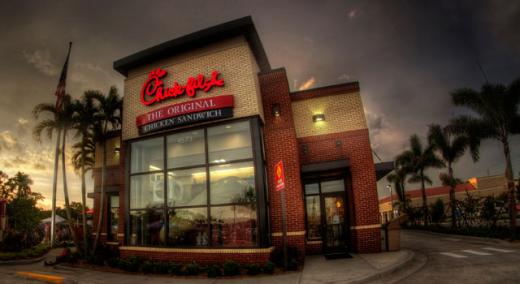"Chick-fil-A 'First 100' Bradenton" Credit: Robert Du Bois
Body
Labor demand is continuing to outstrip labor supply by a wider margin despite record job openings. The hospitality industry is just one industry taking hard hits, with some restaurants reporting temporarily closing or cutting hours due to the labor shortage. But just as restaurants look to robotics, apps, and digital tools to fill the voids in the frontline workforce, consumers are pressing pause, expressing their desire for more human experiences.
…
Want to continue?
Log in or create a FREE account.
By logging in you agree to receive communication from Quality Digest.
Privacy Policy.

Add new comment